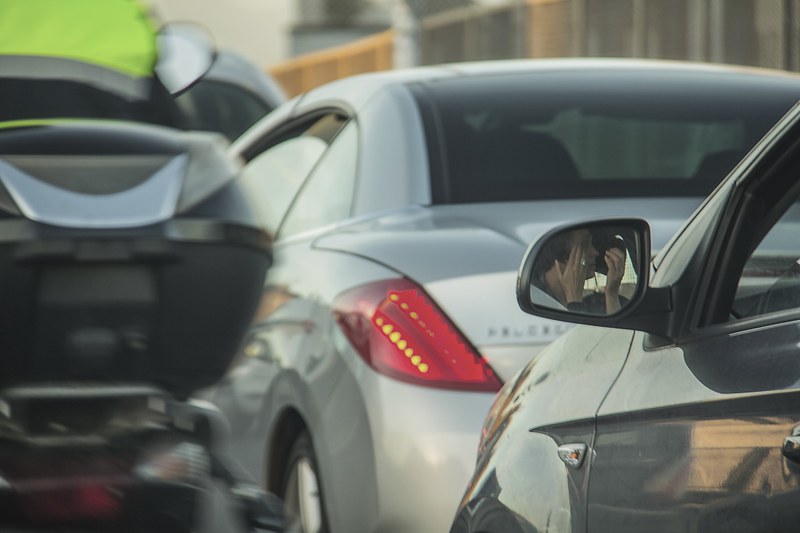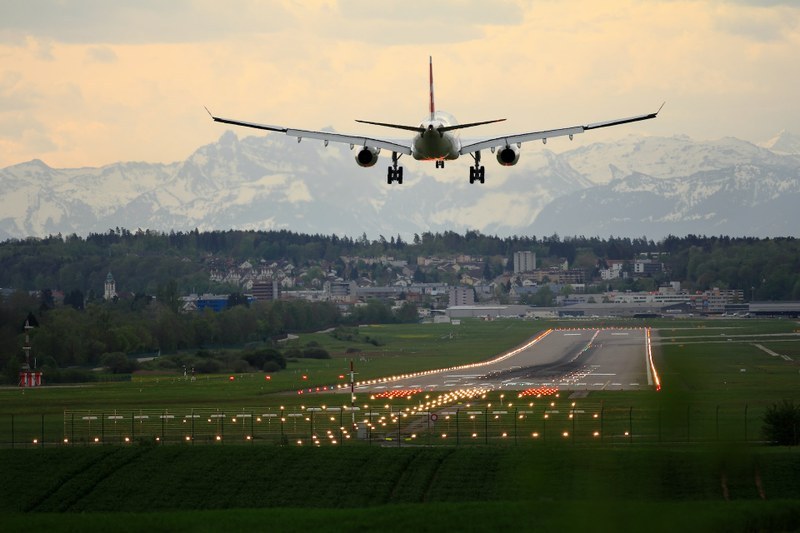All official European Union website addresses are in the europa.eu domain.
See all EU institutions and bodiesRoad transport is the most significant contributor to environmental noise pollution in the EU. EU policies are put in place to reduce exposure to and the harmful effects of noise pollution.
Living close to a road, railway or airport can be more than just a nuisance — at least one in five people in the EU are exposed to long-term noise levels considered harmful to their health. Health issues related to these exposures include annoyance, sleep disturbance, and cardiovascular and metabolic issues. It can also affect children’s ability to learn.
In many cities, more than half of the population is exposed to road noise levels above the World Health Organisation guidelines for the day-evening-night period. Many people are also affected by noise from aircraft and railways. Although noise from railways and aircraft has a much lower impact in terms of the overall population, both are significant sources of local noise pollution. As in the case of air pollution and climate change impacts, some communities and social groups might be more likely to be exposed to and affected by noise pollution. The impacts of railway noise could potentially increase in the coming years due to more and faster trains.
Given noise’s negative impacts on a large portion of Europe’s population, environmental noise has become a significant concern for citizens and policymakers. Noise pollution also affects wildlife. It can cause various physical and behavioural issues in animals and increase their stress.
Reducing noise is a key objective under the EU’s Zero Pollution Action Plan and the Environmental Noise Directive (END).
How Europe can turn down the volume on noise pollution
Millions of Europeans are still exposed to harmful noise from road traffic, trains and planes. Children are among the most affected, with noise linked to learning difficulties, behavioural issues and even obesity.
A new EEA report outlines actions cities and countries can take to reduce noise: reducing speed limits for cars in urban areas, better planning and access to more quiet and green spaces.


Europe's zero pollution ambition covers noise pollution too
Environmental noise can seriously affect human health, triggering both physical and psychological stress responses. Chronic exposure can disrupt sleep, circadian rhythms, and activate the body’s stress system, potentially contributing to a range of long-term health issues.
Reducing the negative impacts of exposure to environmental noise is a key objective under the EU's zero pollution action plan, which aims to reduce the number of people chronically disturbed by noise from transport by 30% by 2030 (compared with 2017).
How loud is your city?
Long-term exposure to environmental noise from road, rail and aircraft sources is a serious risk to health, impacting the lives of many people in Europe.
The European Environment and Health Atlas in Europe offers an overview of quiet areas, urban noise levels and noise around schools and hospitals.

